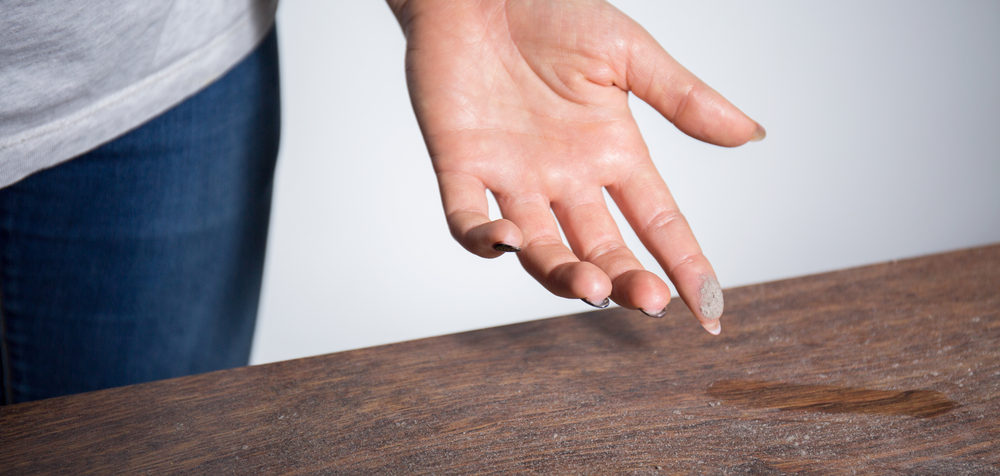
Researchers at the University of Texas at Austin have been working with Smart Material Solutions – a North Carolina startup company with expertise in precision manufacturing, nanofabrication, metamaterials, and clean energy – to develop a new method to keep dust from sticking to surfaces. The new technology is expected to make many types of materials, such as spacecraft, solar panels, and household windows, dust resistant.
Dust accumulation is often detrimental to optical elements, electronic devices, and mechanical systems and is a significant problem in space missions and renewable energy deployment.
To create the dust-resistant surface, the researchers modified the geometry of flat surfaces to produce a tightly packed nanoscale network of pyramid-shaped structures. These structures made it for dust to stick to the material, and caused them to stick to one another and roll off the material via gravity.
“What we’ve demonstrated here is a surface that can clean itself,” said Chih-Hao Chang, an associate professor at the University of Texas at Austin and a lead author of the study. “Particulates aren’t able to stick to the surface, so they come off using just the force of gravity.”
The team’s first applications are focusing on space technology, as space dust has caused significant problems in the past and is challenging to remove.
“There’s not much you can do about lunar dust in space – it sticks to everything, and there’s no real way to wipe it off or spray it off,” said Samuel Lee, a lead author. “Dust on solar panels of Mars rovers can cause them to fail.”
Other applications on Earth could include preventing solar panels from collecting dust and losing efficiency over time, and protecting glass windows and digital screens.
